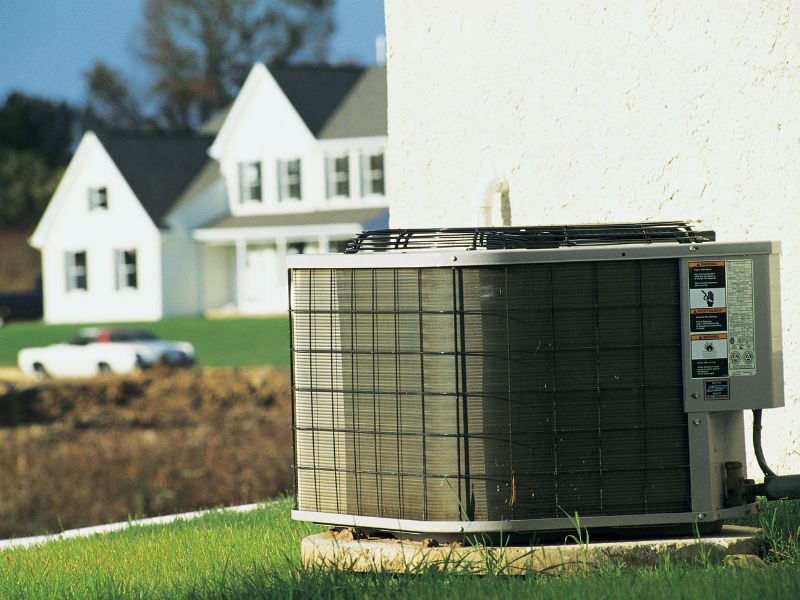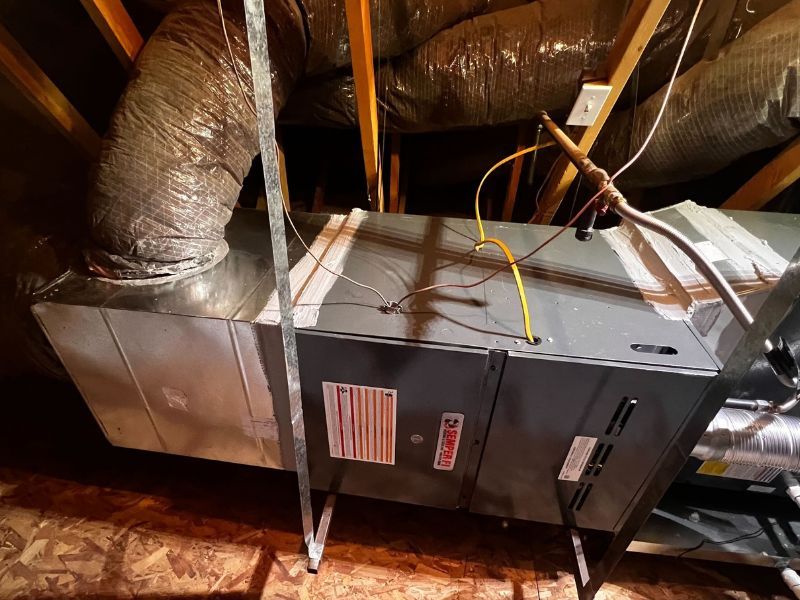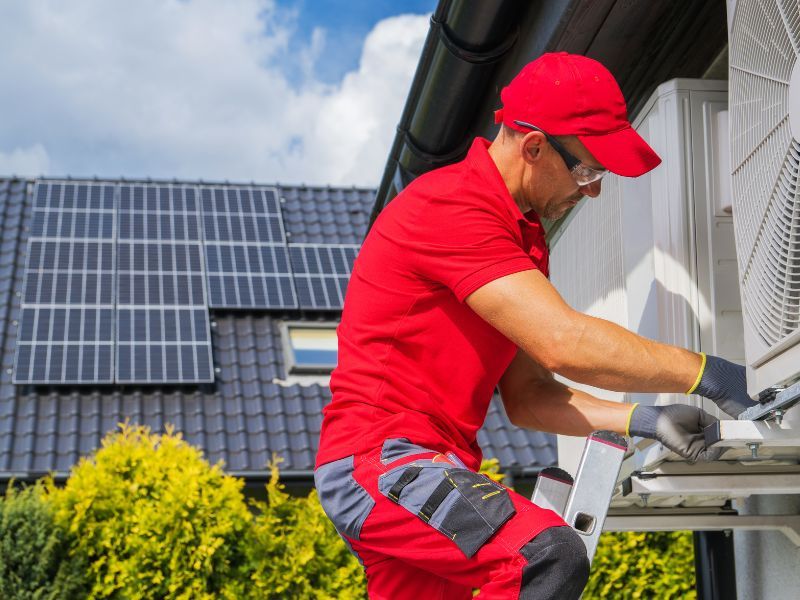What Is Geothermal Heating and Cooling?
Geothermal heating and cooling, also known as ground-source heat pumps, is a sustainable and energy-efficient HVAC system that utilizes the Earth’s stable temperature to provide both heating and cooling for buildings.
This system takes advantage of the fact that the ground temperature remains relatively constant throughout the year, providing a natural heat source in the winter and a heat sink in the summer.
People Also Ask About Geothermal Heating and Cooling
How does geothermal heating and cooling work?
In a geothermal heating and cooling system, pipes or loops are buried underground, typically vertically or horizontally, in a location where they can exchange heat with the ground. A heat pump connected to these loops extracts heat from the ground during the heating season and transfers it indoors, while in the cooling season, it removes heat from the indoor air and releases it into the ground
What are the benefits of geothermal systems?
Geothermal heating and cooling systems offer significant benefits, including high energy efficiency, lower operating costs, reduced environmental impact, and long system lifespan. They are also resilient to weather changes and provide consistent comfort year-round.
Are geothermal systems expensive to install?
While the initial installation cost of a geothermal system can be higher compared to traditional HVAC systems, the long-term energy savings and lower operating costs often offset the initial investment. Additionally, various financial incentives and tax credits are available in many regions to help reduce upfront costs.
HVAC System Cost & HVAC Reviews
Related Pages
Categories


